Para-Site-Seeing: Departure Lounge
Rod Dillon & Jen Southern
3 May - 31 August, 2019
Life Space, Dundee
*NEWS* The catalogue from this exhibition is now available, please contact us to receive a copy in the post. Or download this low resolution pdf version.
PARA-SITE-SEEING: DEPARTURE LOUNGE is a new art-science exhibition by Rod Dillon and Jen Southern, inviting you to imagine life from the perspective of the Leishmania parasite.
This deadly parasite has been travelling for millions of years, catching flights between humans, dogs and other animals using sand flies as their mode of transport. Throughout human history, the parasites have exploited conflict and competition to move between continents. Now, humans at University of Dundee's Wellcome Centre for Anti-Infectives Research (WCAIR) are fighting back!
The exhibiton is an expansion of Rod Dillon and Jen Southern's travel blog website PARA-SITE-SEEING.org, co-commissioned by NEoN2018 Festival and Wellcome Centre for Anti-Infectives Research (WCAIR). PARA-SITE-SEEING: DEPARTURE LOUNGE is a partnership exhibition commissioned by LifeSpace Science Art Research Gallery and WCAIR. WCAIR is setting its sights on infectious disease, creating a world-leading hub for drug discovery.
Para-site-seeing brings a multi-species mobilities persepctive to scientific research on Leishmania. By focusing on movement we see the parasite at multiple scales and entangled with bodies, histories and travel. On a microscopic scale the parasites evolution enables it to move within bodies and across boundaries: to move in and out of mammalian and insect bodies, fooling white blood cells into hosting rather than destroying them, and to embed in the sand fly gut wall to stay put when digested blood is expelled, ready to multipy and re-infect when the fly feeds again. On a macro scale the Leishmania parasite is embedded in human histories in a different way. Resident in war dogs it travelled to Brazil with Portuguese conquistadores and was picked up by local sand flies. Colonial rail networks in India helped its spread across the continent. the reptile form of Leishmania appears to have been present in pre-historic times, perhaps even co-existing with dinosaurs. In the present day out breaks in Syria demonstrate how war and poverty make fertile grounds for the parasite to spread. Meanwhile in the lab strains of the parasite have been isolated and bred for research, living in colonies 'out of body' in flasks and cryogenic suspension.
Para-site-seeing endeavours to tell these complex stories through travel metaphors - taking on a 'para-site-eye view' to enable an accessible and coherent narrative. The website uses a variety of social media streams to provide content and form. This shift in perspective encourages the viewer to engage with the lifecycle of the parasite in new ways. By identifying with this 'voice' the narratives explore the lifespans of the Leishmania, the sand fly and their life in the lab. As a disease it is usually depicted with images of suffering and disfigured bodies, by refusing this often 'oethering' and neo-colonial narrative, we strive to generate new ways of engaging a wider audience with this life-saving research. Despite the playful and accesssible voice of the work most of the narratives also involve death, of insects, humans, mammals, and Leishmania. Visceral media links to news stories and educational videos from around the world to emphasise the reality of the disease, and finally Ghosthorde is the voice of the drug as an assassin, seeking out and killing its parasite target.
Departure Lounge takes the para-site-seeing narrative a step further to become a departure lounge for sand fly airlines. Through the installation we use interactions to involve an audience, from the simple search for all eight stamps for your passport that introduce different aspects of the story, to a more complex interaction inside the airplane/sand fly gut. Printed Scanning Electron Microscope (S.E.M.) images of Leishmania parasites can be detatched and reattached to the gut - a playful interaction with the microscopic science of the disease. Once immersed in this red net structure, sitting on a 'red blood cell' bean bag, you become involved in the parasites story, told as if it is sharing its life on social media.
As artists our practice makes connections and builds relationships between things, and between people. By inviting students, artists, designers and scientists in countries effected by Leishmaniasis to work with us on different aspects of the installation, we include different voices and introduce the ideas to a wider audience. The parasites eye view and the departure lounge hold the fiction and the multiple voices together.
Thanks to everyone who contributed:
Elektra Dominica sand fly in resin Imaging: Alan Prescott (Dundee Imaging Facility)
Leishmania.we & LdBOB: Written by Rod Dillon & Yasmine Kumordzi
Freezr_Cat3 laboratory videos: Lesley-Ann Pearson, Lorna MacLean, Jen Southern
Sand_flyer videos: Rod Dillon (Lancaster University)
Unleished Newspaper and passport stamps drawings: Leonie Robertshaw
Unleished newspaper articles: Jen Southern & Rod Dillon (Lancaster University)
Sand fly Scanning Electron Microscope Images: Alan Prescott (Dundee Imaging Facility)
Ghosthorde text: Kevin Read (WCAIR) & written by Stuart Nolan
Logo Design: Sophie Nolan
Additional thanks to:
Rebecca Barker, Paul Bates, Michelle Catunda, Sarah Cook, Viv Dillon, Alan Fairlamb, Cicely Farrer, Mike Ferguson, Ali Floyd, Donna Holford-Lovell, David Horn, Sujatha Manthri, Christy Paterson, Lalitha Sastry, Monica Staniek, Nina Svensen, John Thomas, Holly Yeoman.
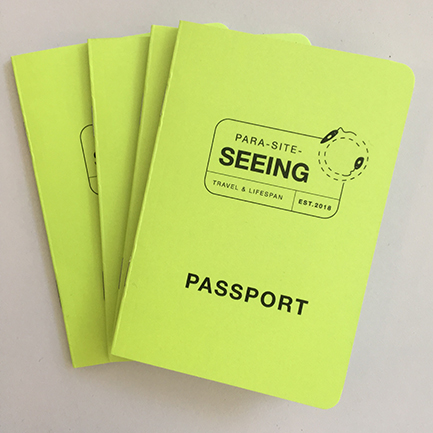
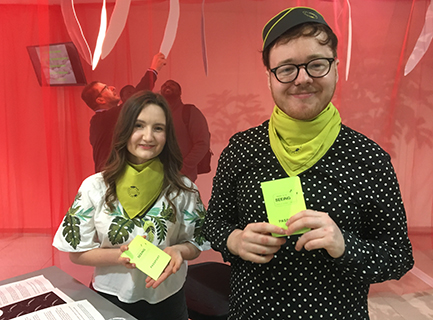
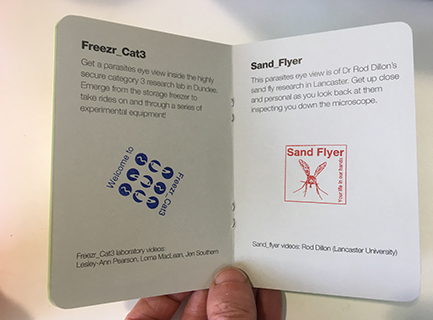
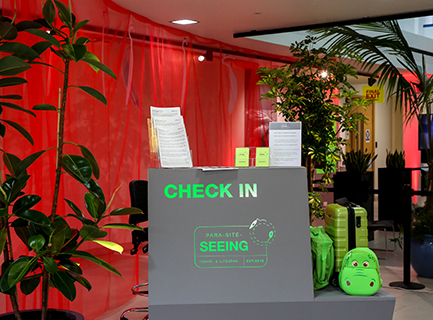
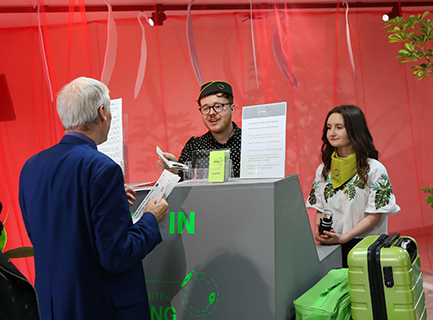
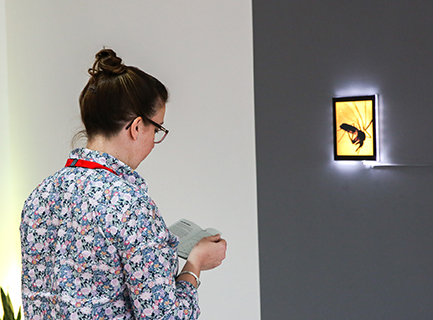





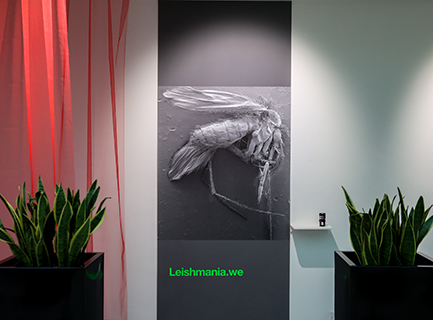
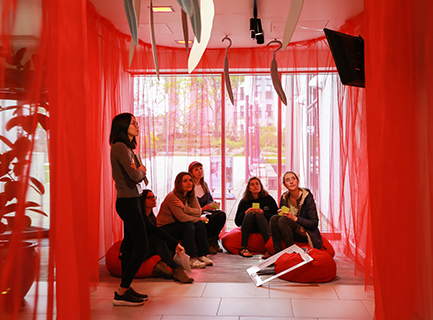
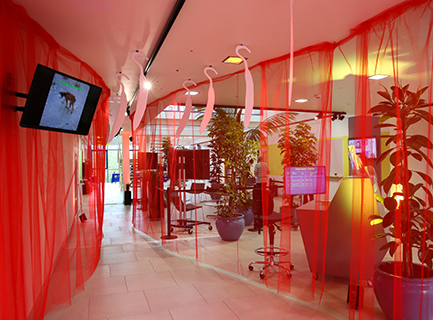

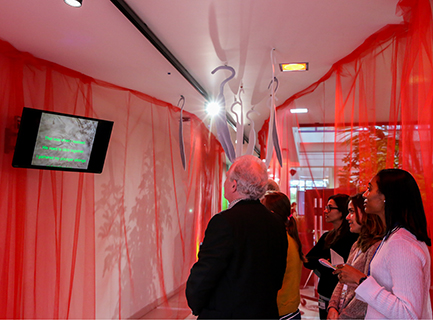

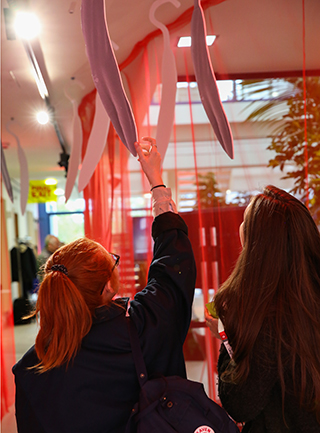

![]()
